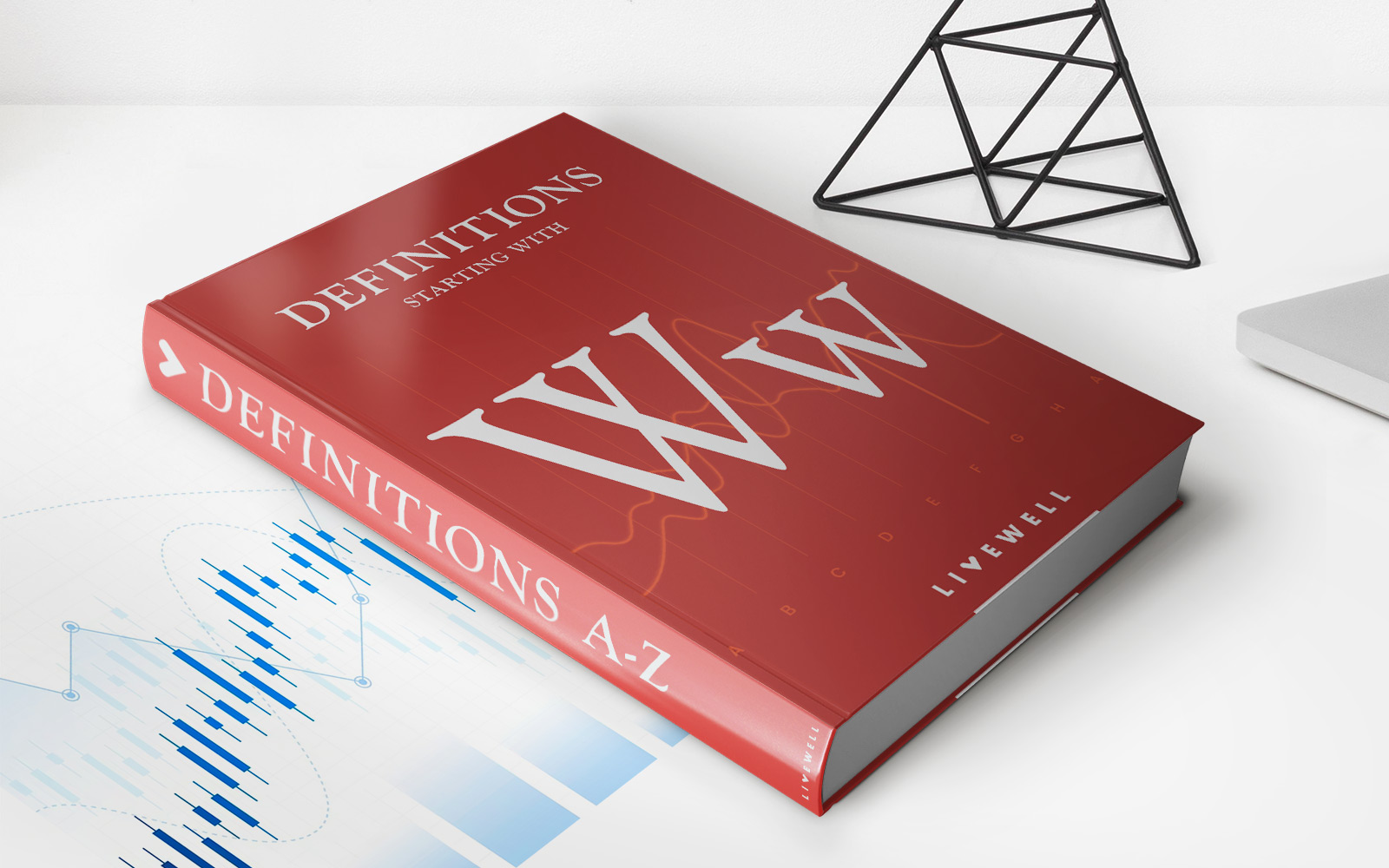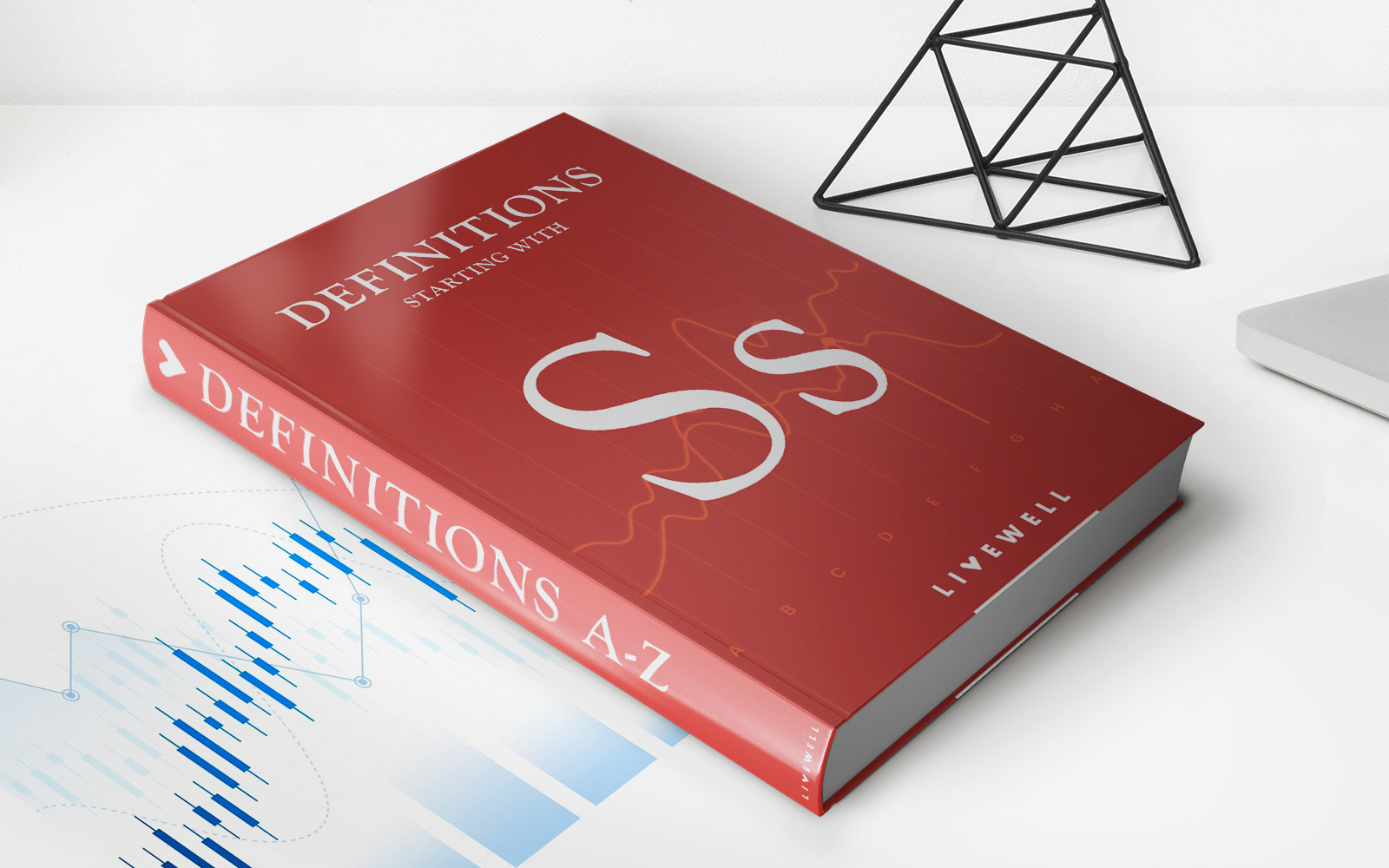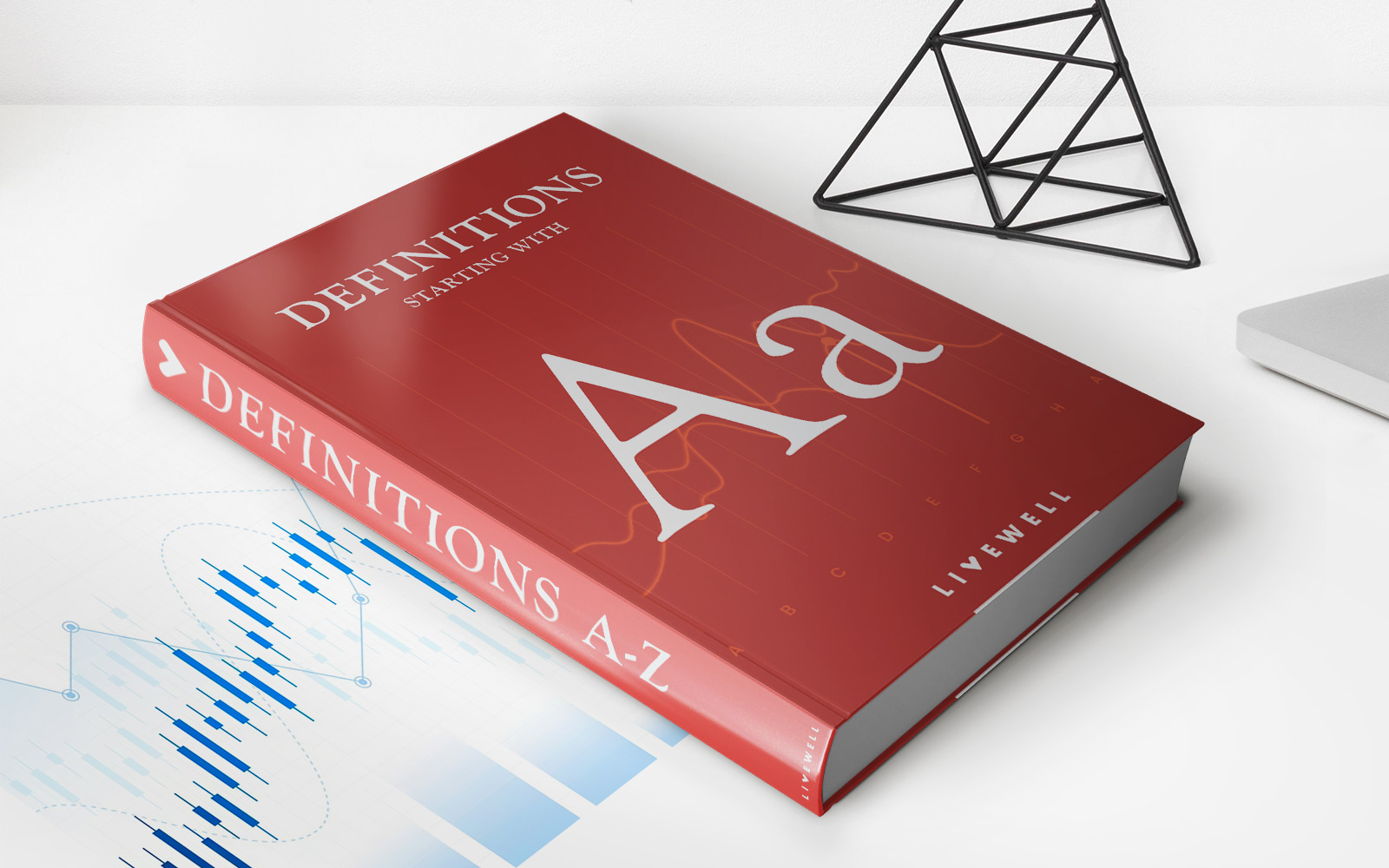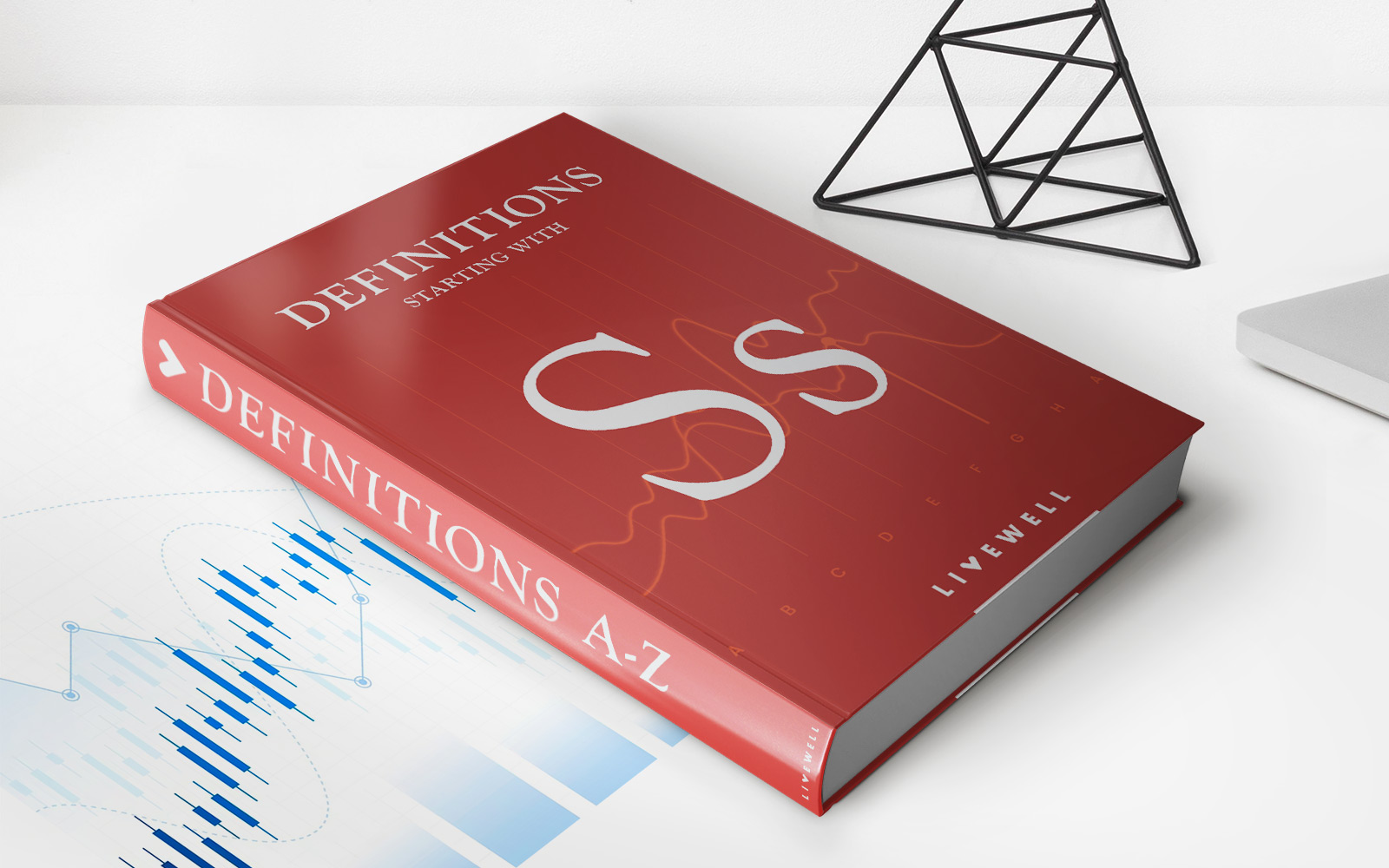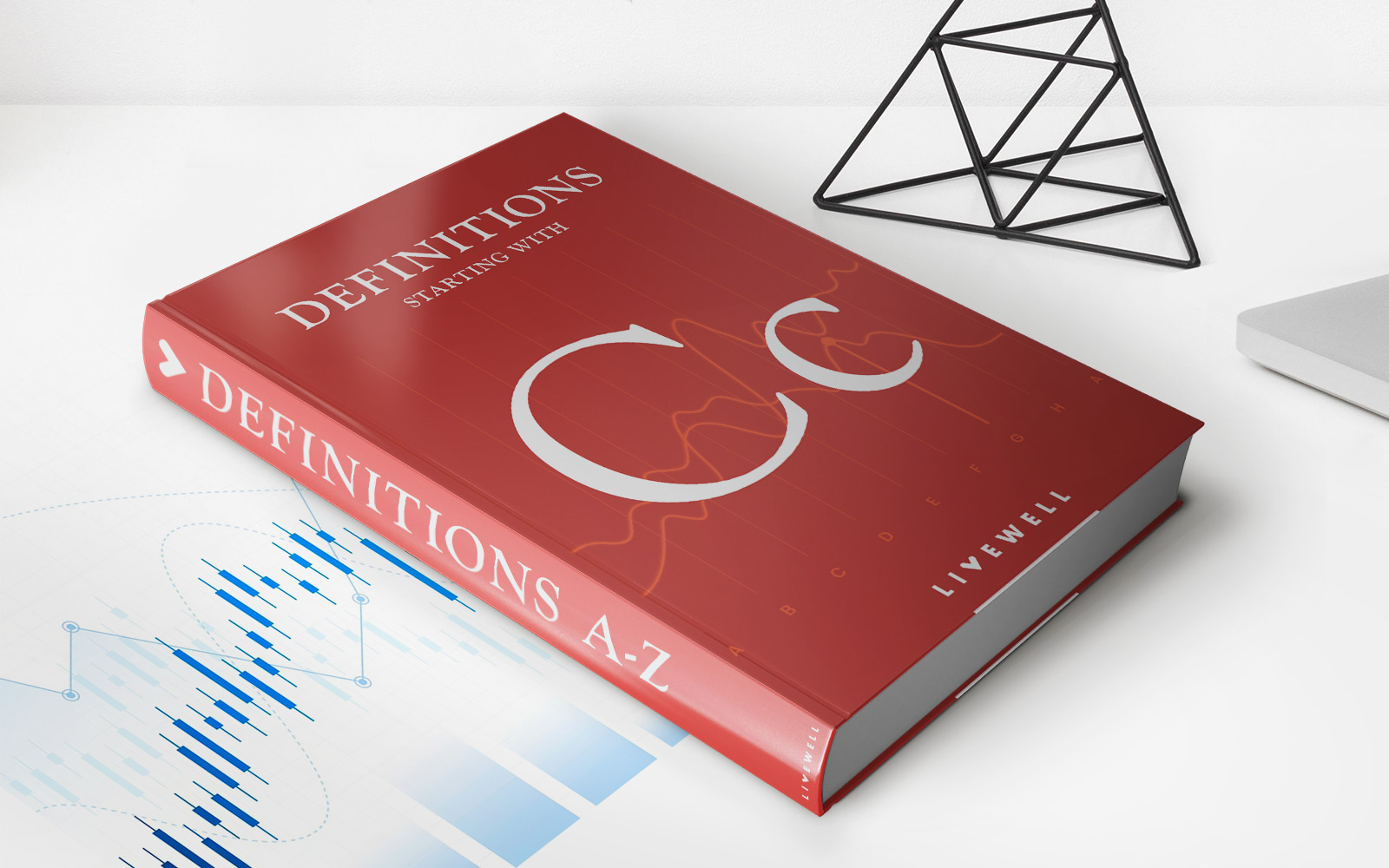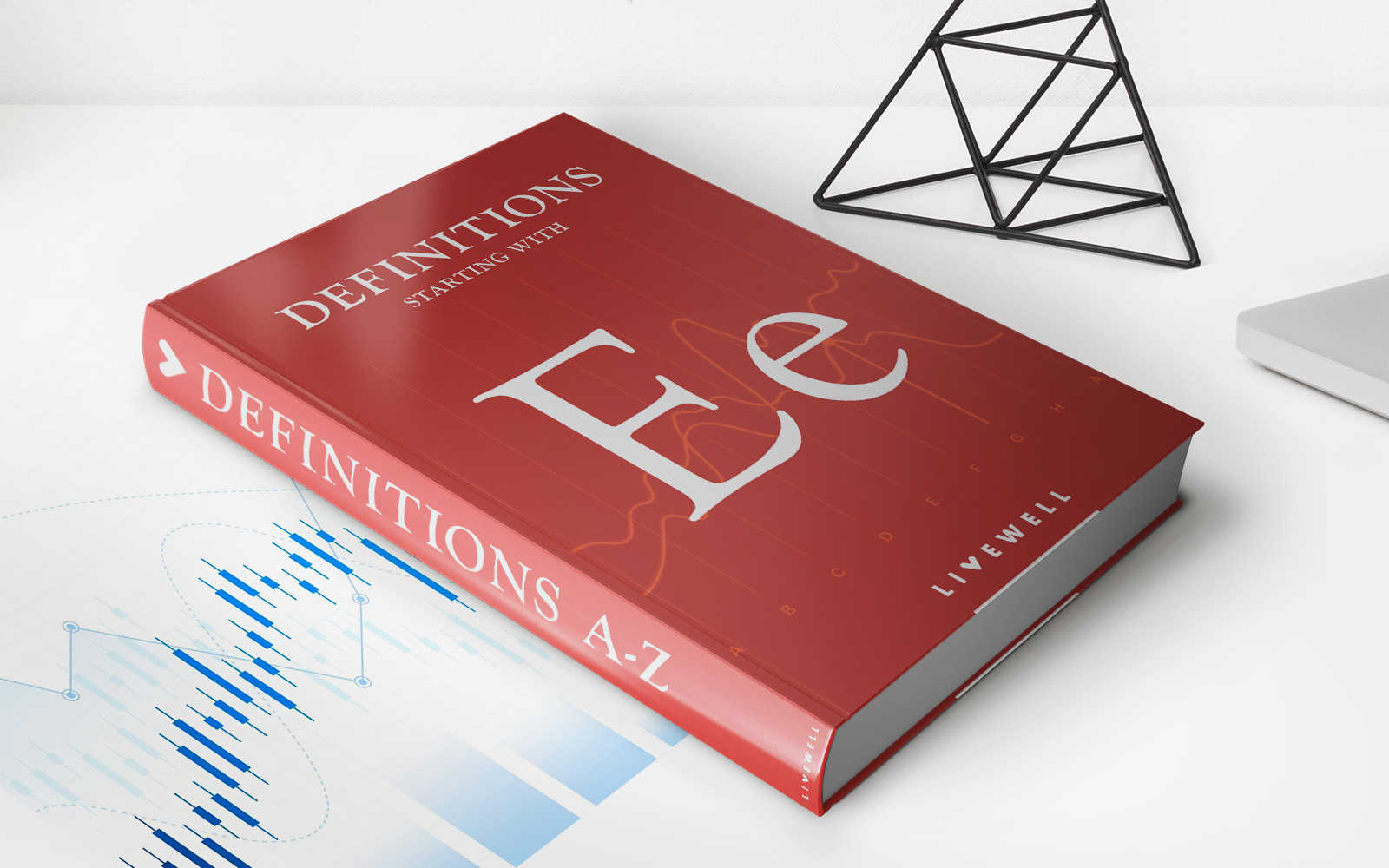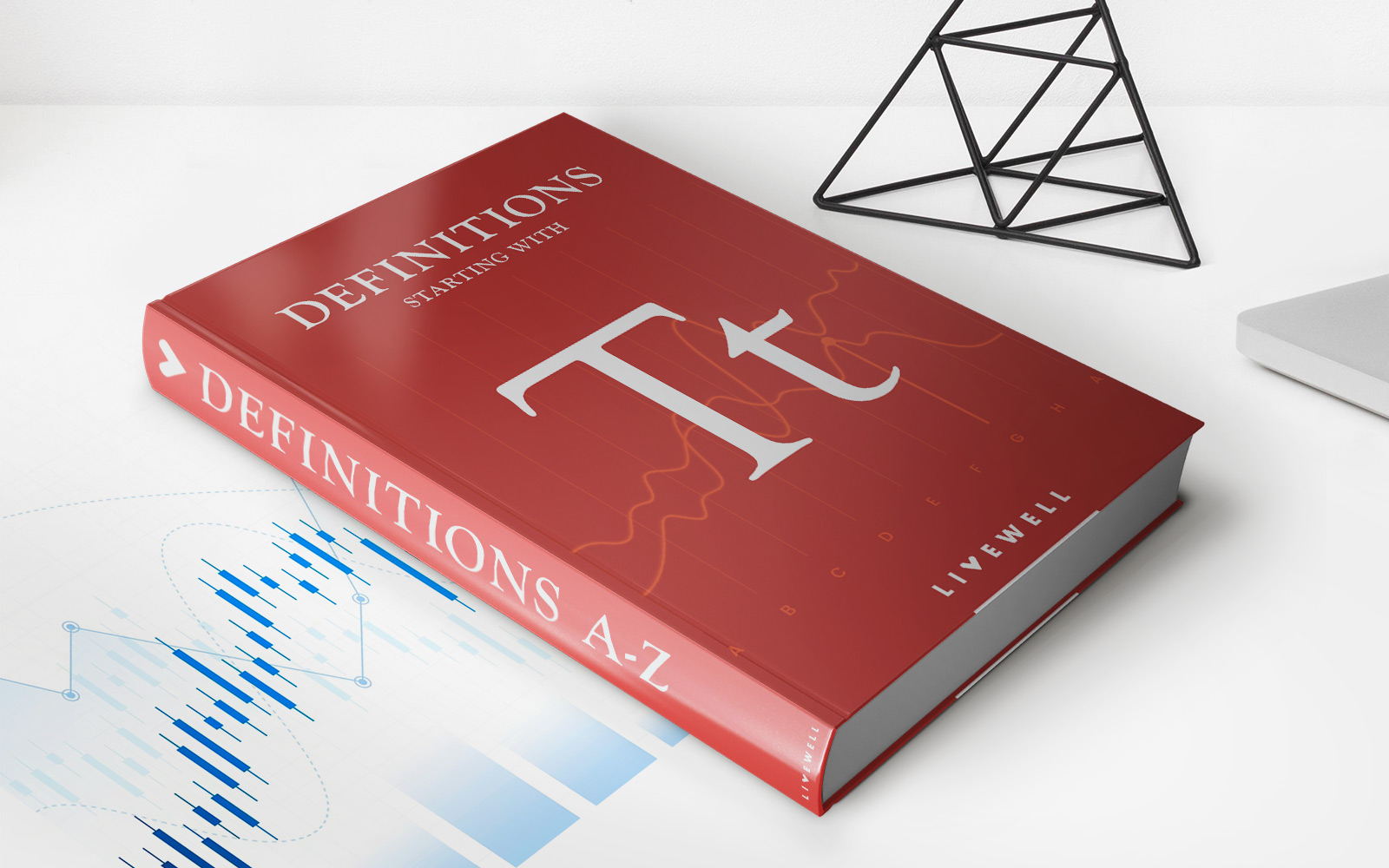Home>Finance>Shadow (Candle Wick) Definition And Meaning For Stock Prices
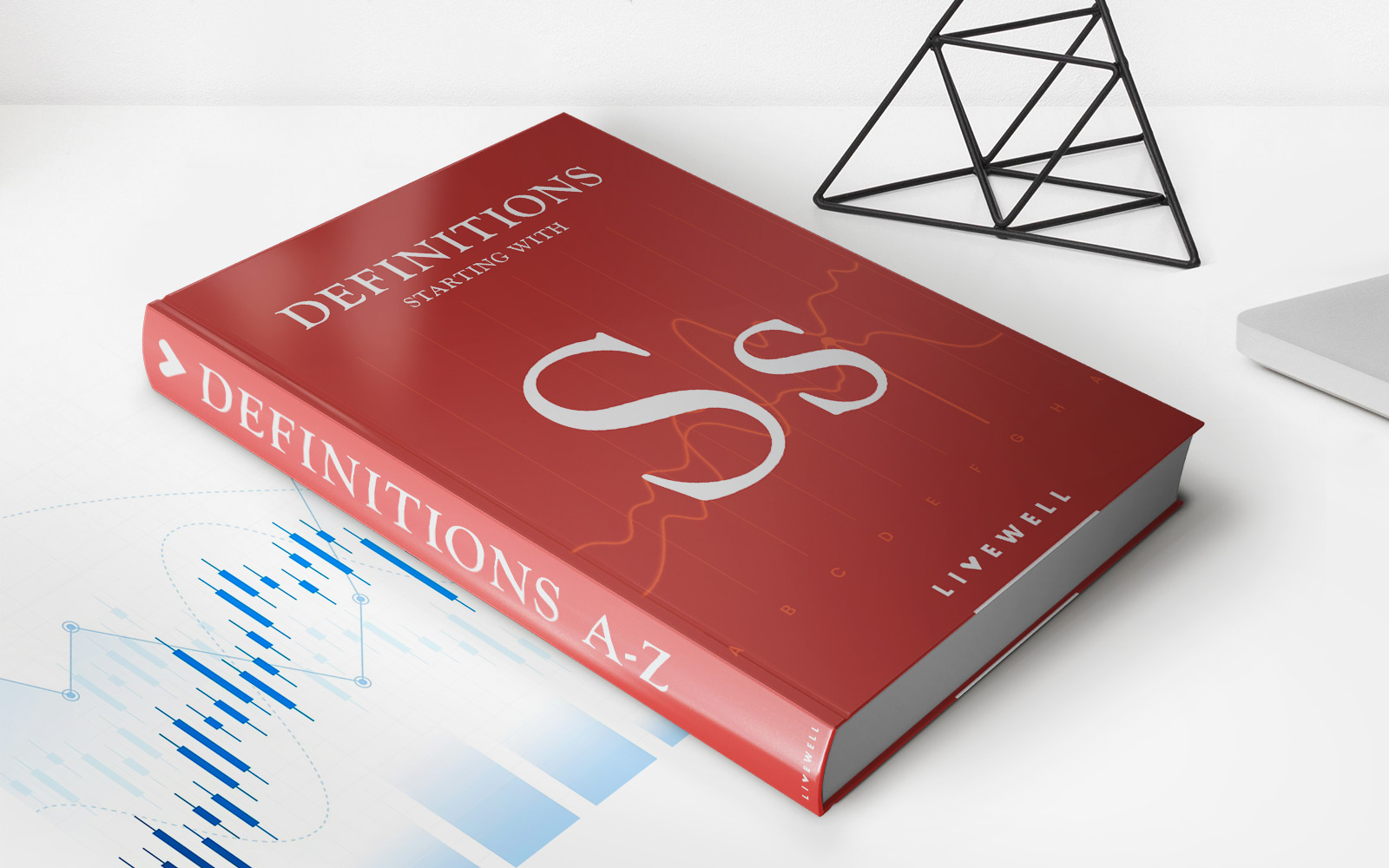

Finance
Shadow (Candle Wick) Definition And Meaning For Stock Prices
Published: January 27, 2024
Learn the meaning and definition of shadow (candle wick) in finance. Understand how it affects stock prices and make informed investment decisions.
(Many of the links in this article redirect to a specific reviewed product. Your purchase of these products through affiliate links helps to generate commission for LiveWell, at no extra cost. Learn more)
Understanding Shadow (Candle Wick) in Stock Prices
Have you ever come across financial charts and wondered about those mysterious lines extending above and below the candles? These lines are known as shadows or candle wicks, and they hold valuable information for investors and traders. In this blog post, we will dive into the definition and meaning of shadows in stock prices, shedding light on this important aspect of technical analysis.
Key Takeaways:
- Shadows, also known as candle wicks, are lines that extend above and below the body of a candlestick chart.
- They represent the price range between the highest and lowest points reached during a specific trading period.
Let’s start by defining what a shadow or candle wick actually is. On a candlestick chart, each candle represents a specific trading period, such as a day or an hour. The body of the candle represents the opening and closing prices for that period, while the shadows extend above and below the body, indicating the price range.
Now, you might be wondering why shadows are important? Well, shadows provide valuable insights into the price dynamics and market sentiment. They reveal the battle between buyers and sellers during the trading period. By analyzing and interpreting the shadows, traders can make informed decisions about whether to buy, sell, or hold their investments.
Here are a few key points to help you understand the meaning of shadows:
- Upper Shadow: The upper shadow represents the highest price reached during the trading period. It indicates the presence of sellers who pushed the price up but couldn’t sustain it. A long upper shadow suggests potential resistance at that price level.
- Lower Shadow: The lower shadow represents the lowest price reached during the trading period. It indicates the presence of buyers who pushed the price down but couldn’t sustain it. A long lower shadow suggests potential support at that price level.
- Body: The body of the candle represents the opening and closing prices. The color of the body provides further information. In an uptrend, green or white bodies indicate buying pressure, while in a downtrend, red or black bodies indicate selling pressure.
By analyzing shadows in conjunction with other technical indicators, such as trendlines, moving averages, or volume, traders can gain insights into potential reversals, breakthroughs, or continuation patterns. They can identify support and resistance levels and make more informed trading decisions.
So, the next time you look at a candlestick chart, pay close attention to those shadows or candle wicks. They hold valuable information about price dynamics and market sentiment. By understanding and interpreting them, you can enhance your analysis and make more strategic moves in the financial markets.
Remember, practice and experience are key to mastering technical analysis. Don’t hesitate to experiment and learn from your trades. Good luck, and may the shadows guide you to successful trades!


